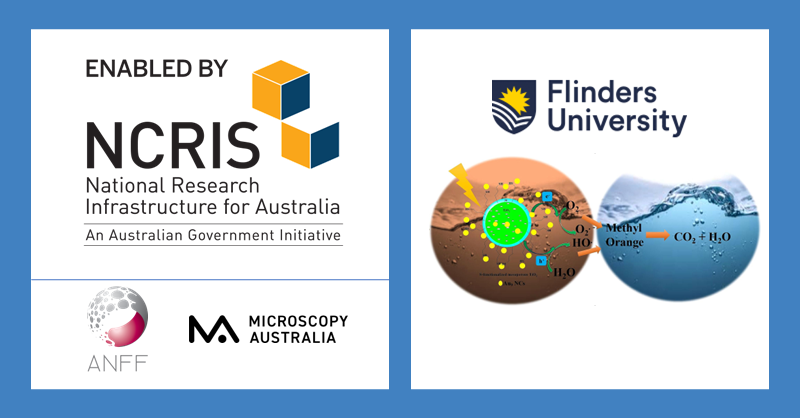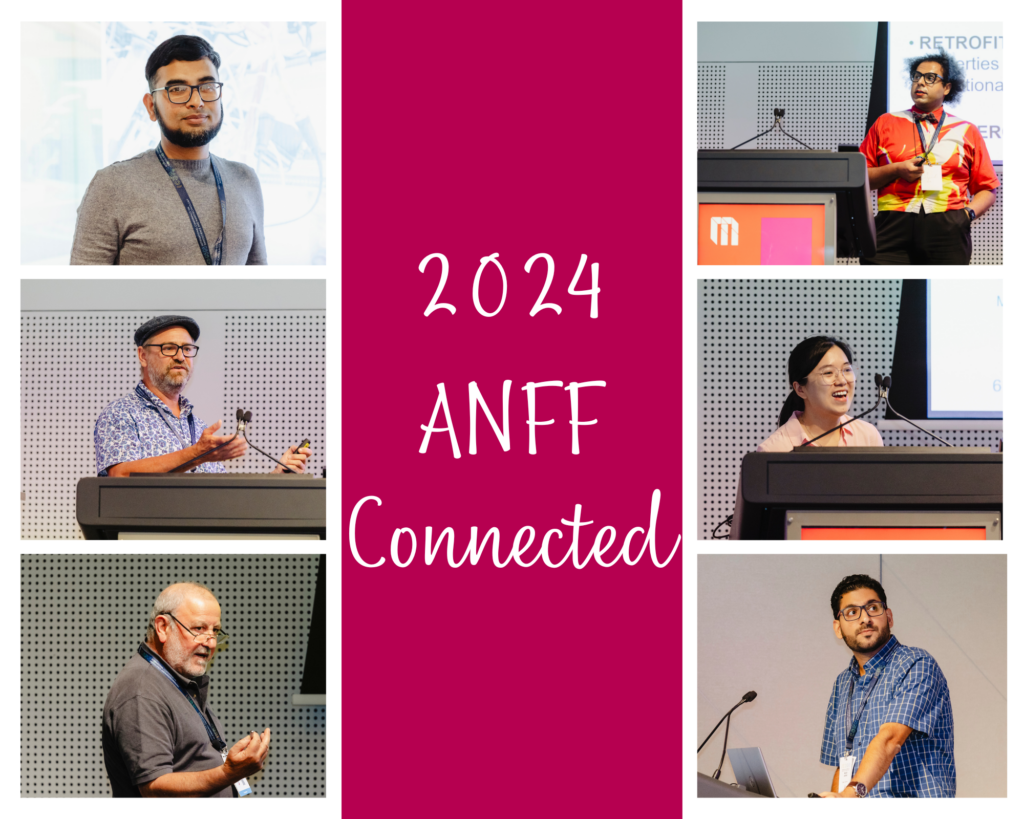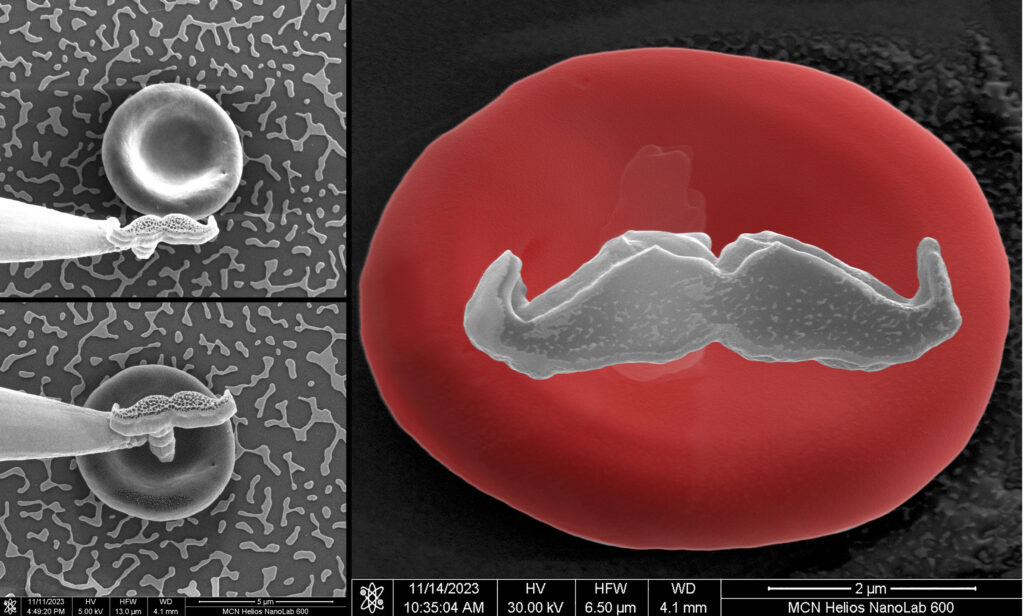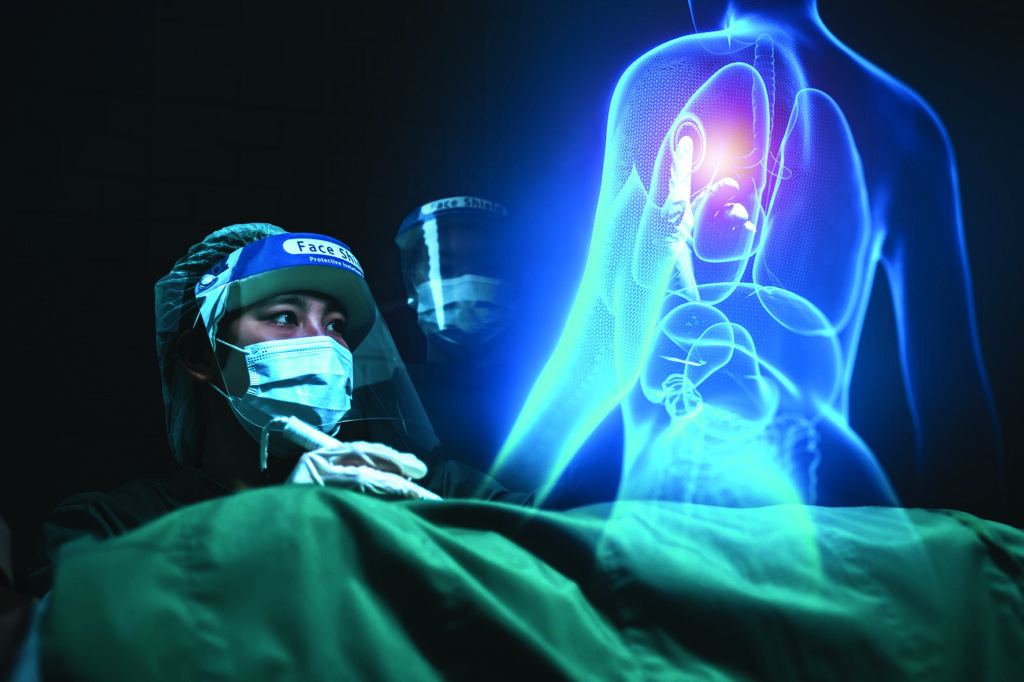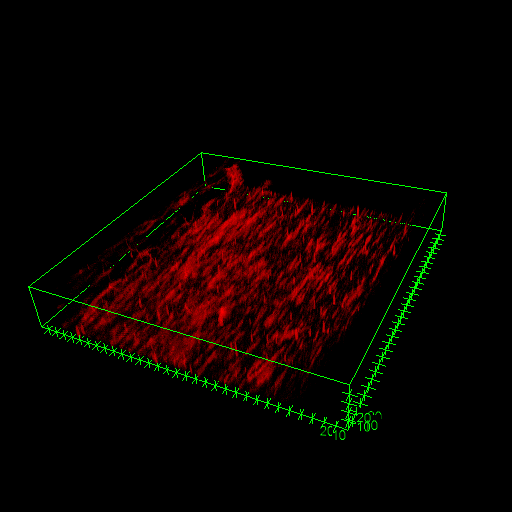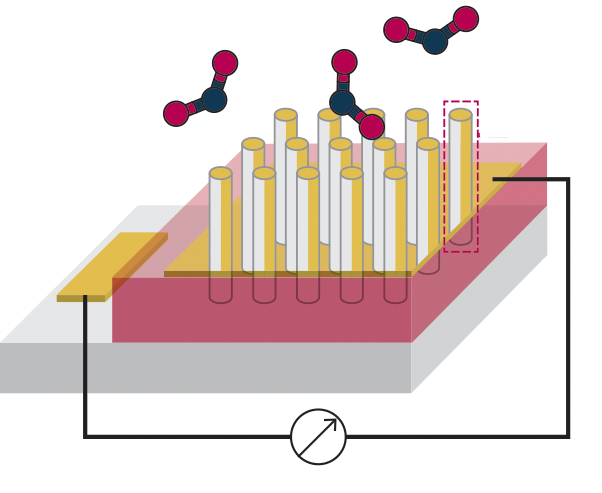Nanocluster Catalysts Remove Toxic Dyes from Wastewater
Nanocluster Catalysts Remove Toxic Organic Chemicals from Wastewater Water contamination from dyes used in food, cosmetics, textiles, and other production processes has become a major ecological problem. Numerous chemical companies, such as those that produce textiles, cosmetics, and dyes, discharge hazardous and non-biodegradable dyes into the environment. Azole dyes, including methyl orange, make up over …
Nanocluster Catalysts Remove Toxic Dyes from Wastewater Read More »

